China’s Great Wall stretches 5,500 miles across the nation’s historical northern border. Its construction took place over many centuries, and many dynasties, extending across all types of terrain — including mountains, towns, deserts and plains.
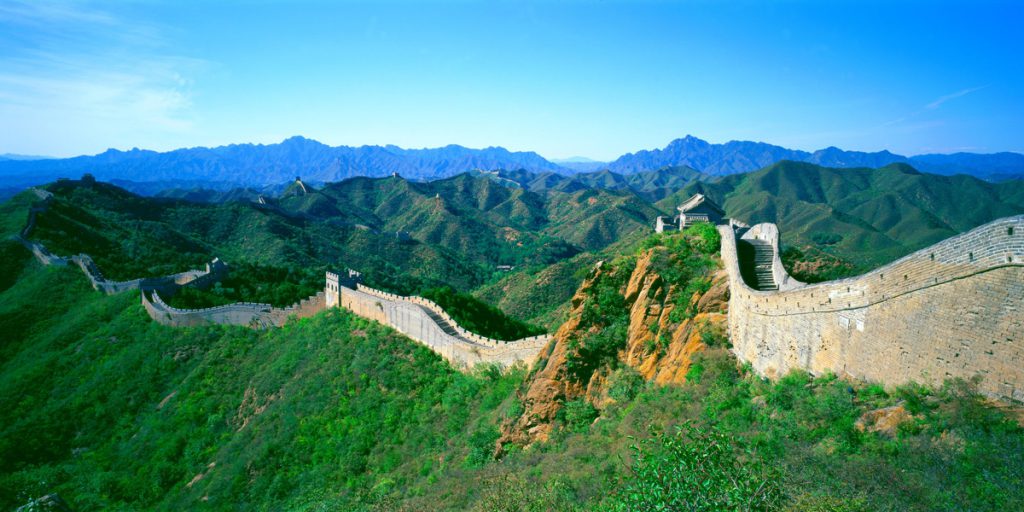
The Great Wall didn’t begin as one large project. Many different walls were built in China’s Warring States Period (476 BC – 221 BC) to defend against various nomadic and warlike groups. The early walls were made of boards, earth and gravel. The walls weren’t joined together until the Qin Dynasty in 220–206 BC, when the Emperor directed further construction to protect against the Huns.
Little of the Qin Dynasty wall remains. The Great Wall as it stands today was built during the Ming Dynasty (1368-1644). It was more than a barrier. Its watchtowers are still easy to see today, but the structures of the wall also include barracks, garrison stations and signaling areas.
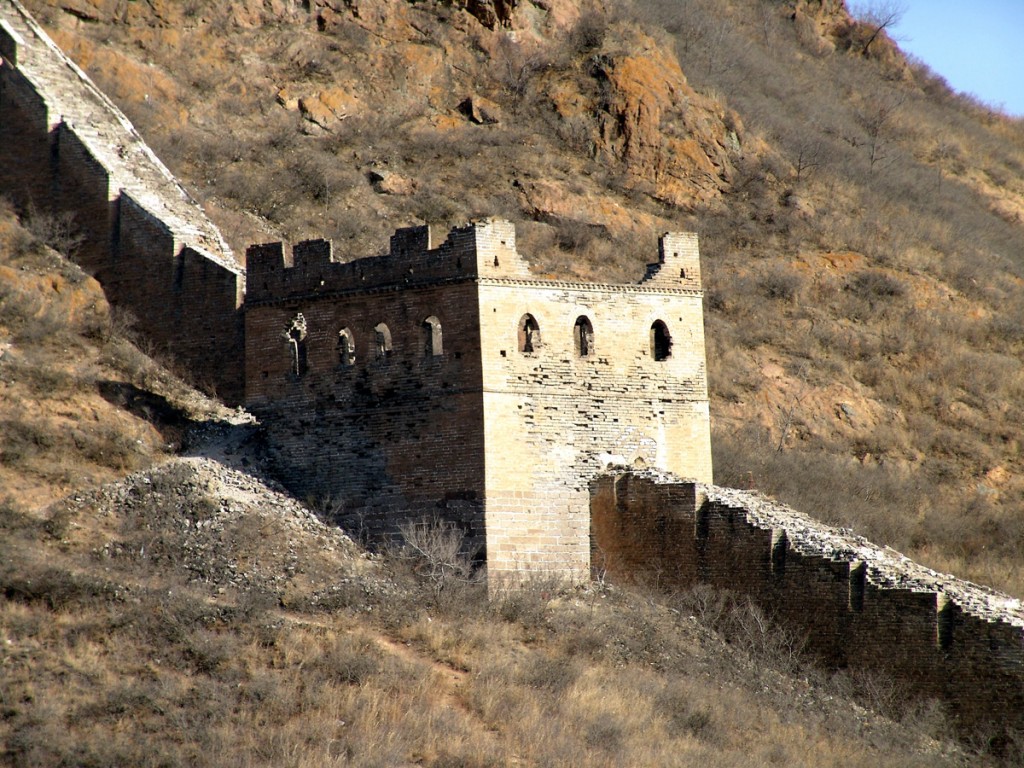
Throughout the ages, the Great Wall has served as a control point along China’s border in order to levy taxes on goods or to control the flow of immigrants. People also used the path along the wall as a means of transportation.
The Great Wall begins in Shanhaiguan District, in the eastern part of the country, and extends to the Jiayuguan Pass in the west — roughly following the southern border of Mongolia.
Visitors to Beijing will want to tour some of the best preserved, and in many cases renovated, portions of the Great Wall that surround the capital, such BaDaLing, JuYongGuan and MuTianYu.
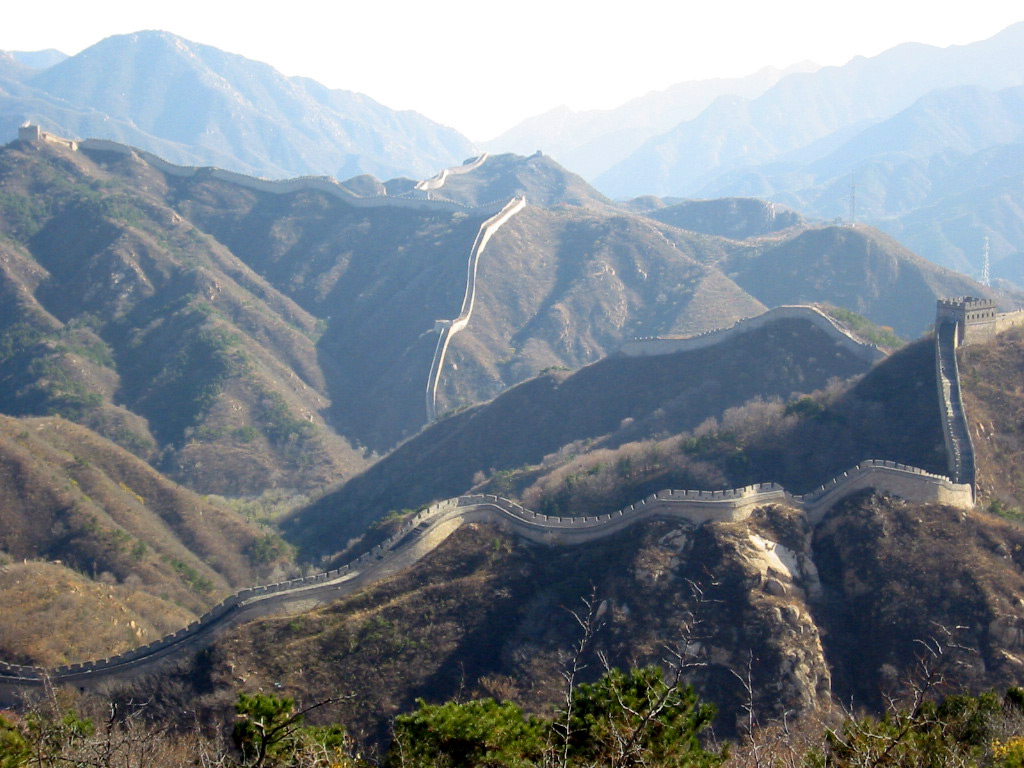
The parts of the Wall most accessible from Bejing such as BaDaLing (approximately one and a half hours drive on the expressway, or via train or bus, from downtown Beijing) are popular with tourists so visitors may want to choose a longer journey to more remote locations to sample the Wall in quieter conditions.
Most visits to the Great Wall include a good deal of walking up inclines so comfortable shoes are recommended as well as an adequate supply of water and food. Some of the areas of the Wall around Beijing include cable cars to transport visitors up to the structure.
In 2009, an additional 108 miles of the Great Wall built during the Ming Dynasty was discovered in the western portion of the country. It had been hidden by centuries of sandstorms.
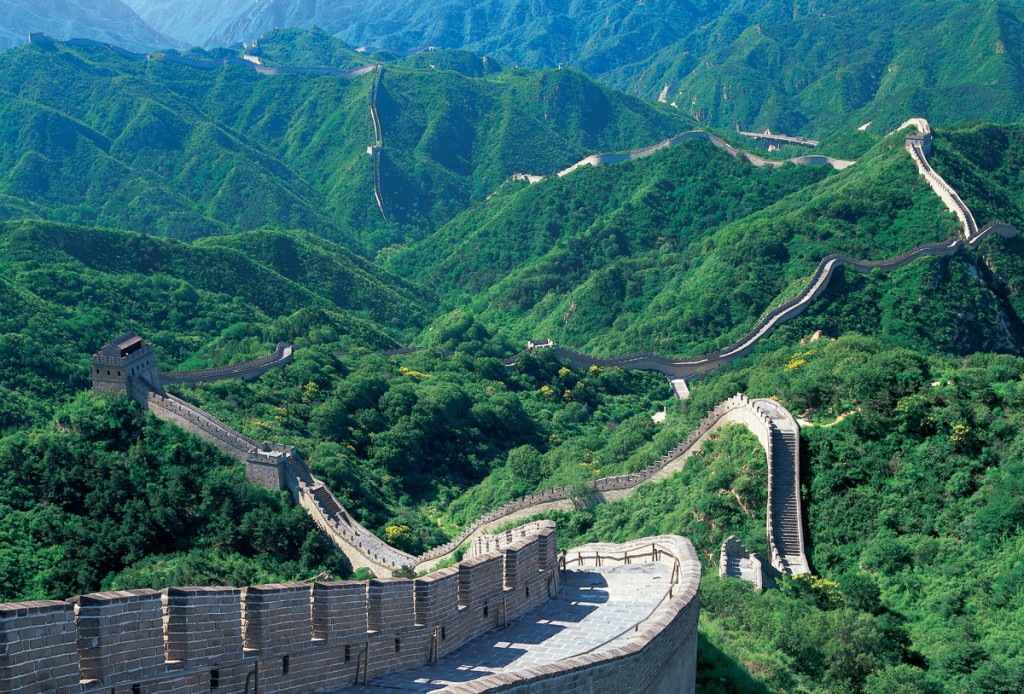




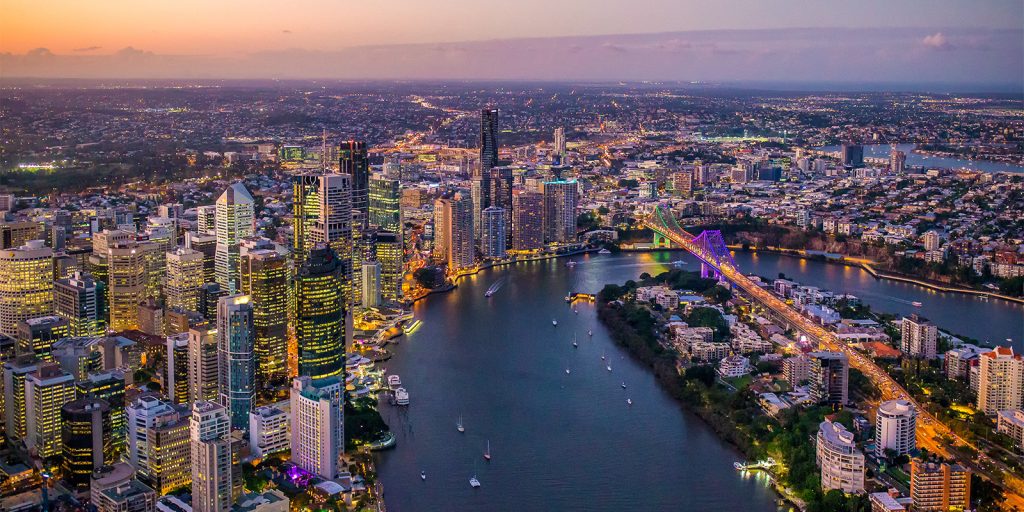

Leave a Reply